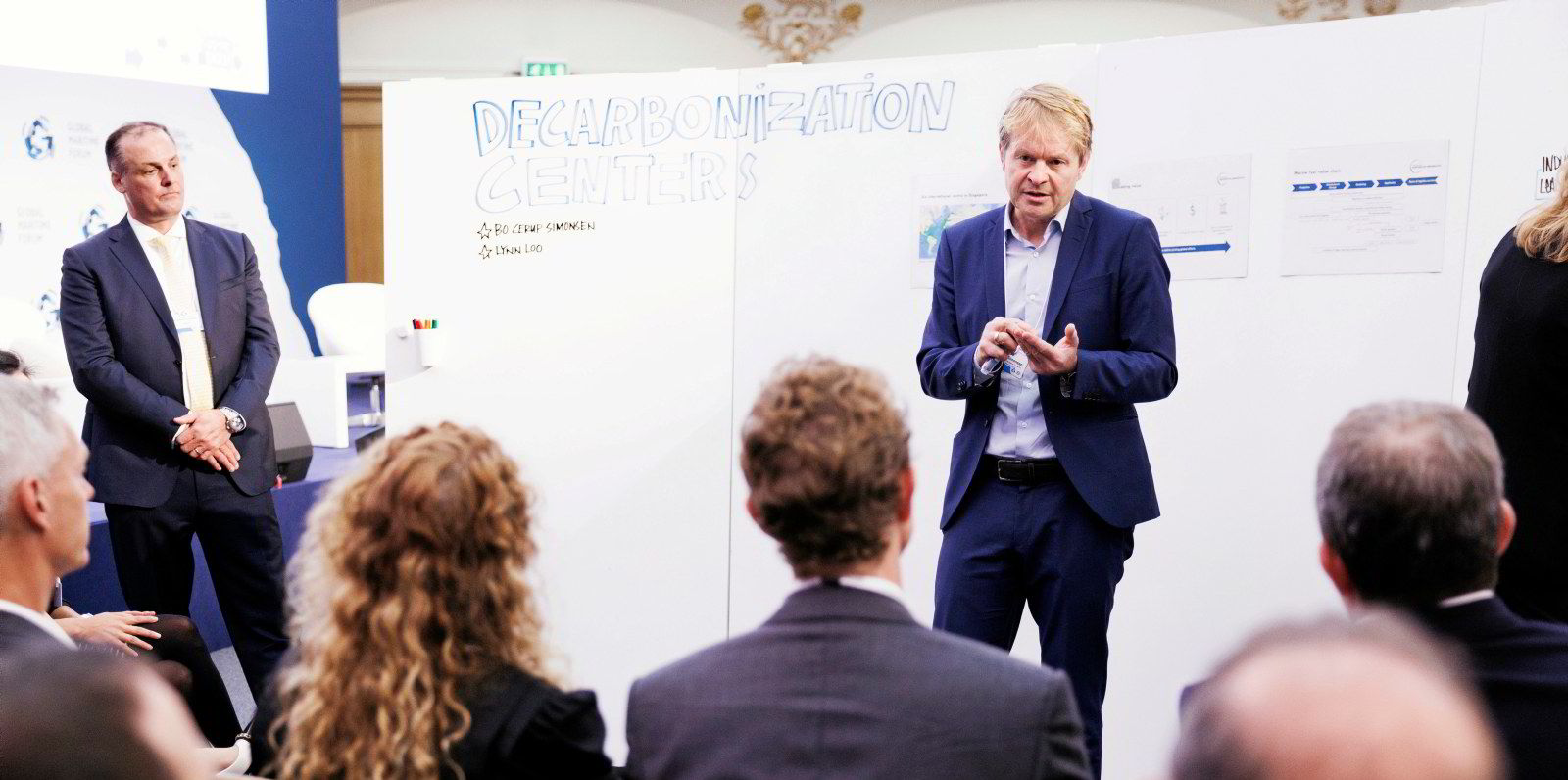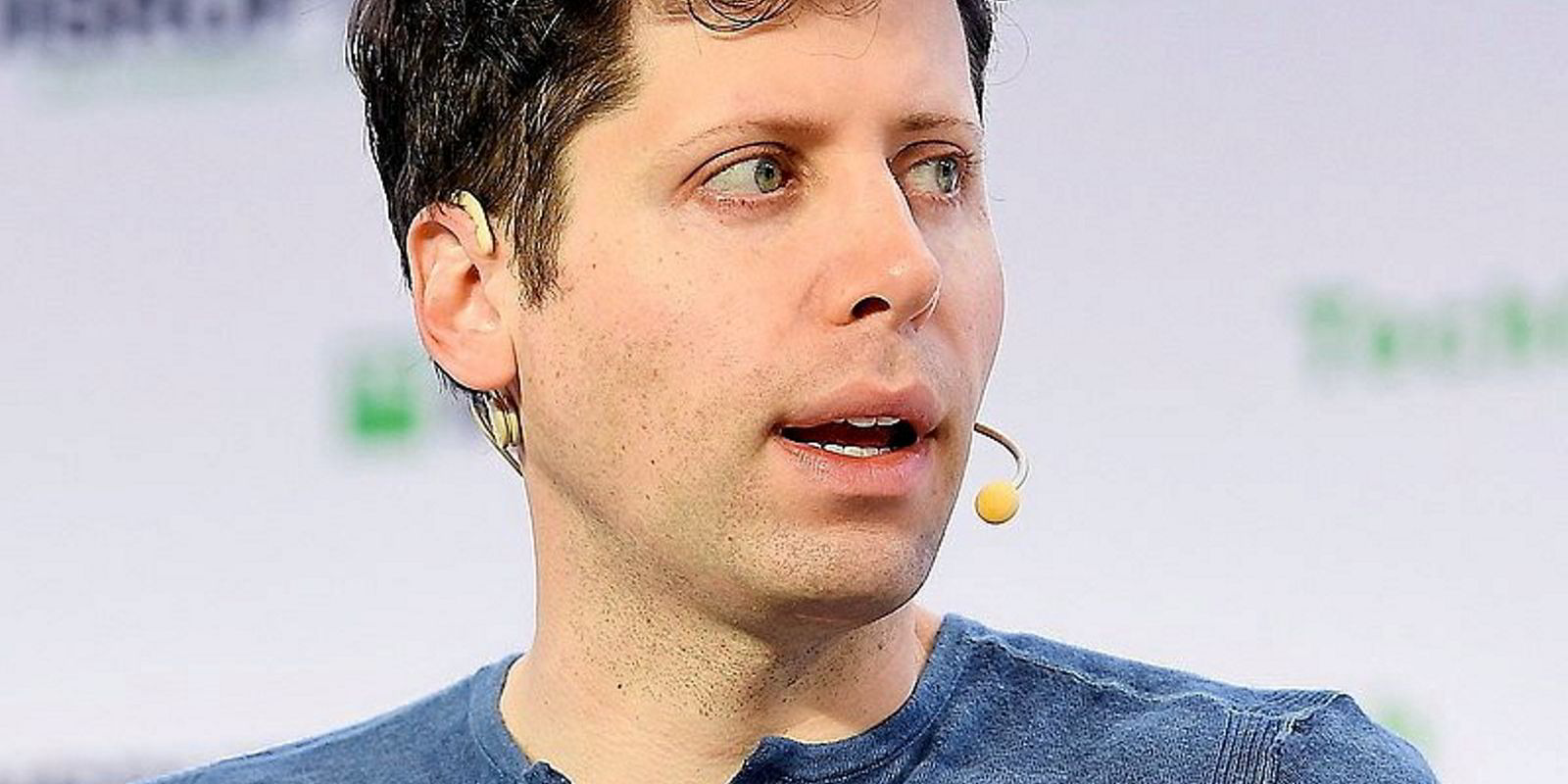Even the man at the epicentre of shipping’s drive towards decarbonisation did not expect how quickly change would start to take place.
Bo Cerup-Simonsen became the chief executive of the Maersk Mc-Kinney Moller Center for Zero Carbon Shipping two-and-a-half years ago.
The not-for-profit organisation’s latest research has revealed that vessels must reduce their use of fossil fuels by 50% by the end of the decade to align the industry with Paris climate goals.
But Cerup-Simonsen told TradeWinds that he is even more optimistic about the industry’s zero-emissions journey than when he began.
“When I started two-and-a-half years ago, we were nowhere near where we are today,” he said.
“I thought at that time it was going to be a long haul before we would even start to see shipowners designing and building ships that could run on alternative fuels, but it’s happening as we speak.
“It’s definitely been accelerating more than I had anticipated.”
He said the biggest change is among the first movers, believing more companies and governments have started to “lean” into the work.
Both are now feeding each other, Cerup-Simonsen explained.
Convincing the sceptics
“We have started to see this synergistic resonance between the public and private sector, and I think it is accelerating,” he said.
But not everyone is on board.
Cerup-Simonsen told TradeWinds that he and his staff travel worldwide to get “outside the bubble” of like-minded people.
“There’s a very large part of the community still that is not acknowledging that we need to do something, or maybe they’re just overwhelmed,” he said.
“All across the globe, I meet companies that are not there at all. Many are curious about how we see this macro-trend coming, but are not themselves engaging in the dialogue.”
Cerup-Simonsen believes they are adopting a wait-and-see position — but this will change.
“As we engage with companies that have not been involved, as they start to see how concrete this is, what it actually means, it becomes something that is manageable, or at least possible to be part of,” he said.
Pride and engagement
“The most powerful thing I have seen is when companies want to be part of the solution. It changes the mindset, it creates a lot of pride, engagement and a lot of ideas. From that, a lot of the details will follow.
“Sometimes when I travel, the conversation starts with a lot of very detailed specific things in the chartering contracts, in the engines, in the port, on the deck of the ship.”
But he argues that the conversation needs to start with an acknowledgement that those involved want to be part of the solution.
“We’re looking at a 10 to 30-year transition and we just have to be part of that solution,” Cerup-Simonsen said. “Fortunately, many companies are there, but we need many more to join that community of leaders.”





